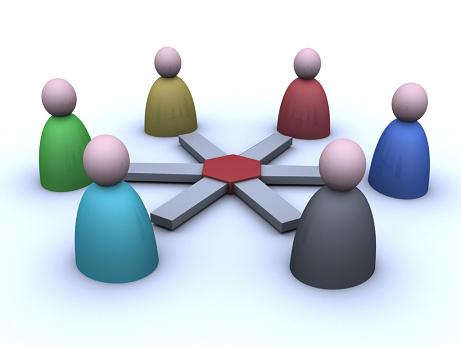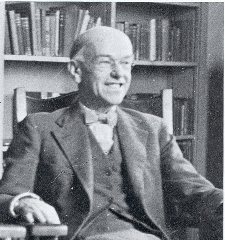According to Haimann, “Organization is the process of defining and grouping the activities of the enterprise and establishing the authority relationship among them.” The mentioned definition makes it clear that on the one hand organization is a process to define and classify the functions to be performed for the attainment of the objectives of the organization, and on the other hand, it is an art to establish sweet relationship among different persons. There are two concept are prevalent about organisation. In the other word, there are two meaning of organization: Organizing as process: According to the first concept of organizing, it has been considered as a process. In the other word, organizing is not function that can be performed at a single stroke, but it is a chain of various functions. It includes getting information about objectives, deciding various activities and grouping them, determining important activities, allowing authority and responsibility, Continue reading
Principles of Management
The Hawthorne Studies
The Hawthorne experiments were conducted at Western Electric’s Hawthorne plant in Illinois, running from 1924 through 1932. These experiments were intended to examine how people would react to certain conditions such as light, heat, and humidity. These variables were altered and produced both expected and unexpected results. Further trials embarked as Professor George Elton Mayo brought an academic research team into the factory, which were among the most extensive social science studies ever conducted. These investigations have been heavily criticized for merely serving the interest of management. However, these accusations can be argued. The Hawthorne investigations did not only have enormous influence on the ‘human factors’ to management but also on the development of industrial psychology and sociology. Some maintain their opinion that the human relations approach is misinterpreted, leading to major failures. The Hawthorne studies were initially undertaken to investigate the relationship between physical work conditions and employers productivity. Continue reading
Leadership and Management – Differences
A manager may be a leader, a manager may not be a leader, but a leader may emerge who is not a manager. This saying shows that roles of manager and leader not to be connected at all. However, for a business to be effective, managers must learn how to become leaders by developing effective leadership skills. A leader means a person that holds a dominant or superior position within its field, and is able to exercise a high degree of control or influence over others. A leader is one who has followers. Followers follow leaders because they are influenced by the leader’s personality and share belief in the leader’s visions, goals and values. Leaders gain personal power through credibility. They can communicate their beliefs to team members, who understand that these beliefs will not alter or vary because of circumstances and will become the rock on which their working Continue reading
Management Planning and Control
The essence of the management process is decision-making. Decision making is an unavoidable and continuous management activity. It may be directed towards some specific objectives, or it may result as a reaction of environmental factors as they occur. The decision-making process should be both efficient and effective. It would be effective when management’s objectives are achieved. It is said to be efficient when objectives are realized with the minimum use of resources. The process of decision-making involves two basic management functions of planning and control. Planning Function of Management The decision-making process starts with planning. Planning is a statement of what should be done, how it should be done and when it should be done. It is the design of a desired future state of an entity and of the effective ways of bringing it about. Its basic purpose is to provide guidelines for making decisions. Continue reading
Modern Theories of Organization
Modern organizational behavior has become complex. It synthesizes the classical and neoclassical theories of organization, while incorporating technological development. Modern theories of organization are classified into quantitative theory, system theory and contingency theory. 1. Quantitative Theory The quantitative theory includes operation research and quantification of the problem. It analyses the problems from quantifiable angles and provides solutions to complex problems only with the help of statistical and mathematical models such as linear and non-linear programming, game theory, decision tree, simulation and probability. Computers are used to solve management problems whereas mathematical models were previously used for the purpose. A large number of problems are solved with the use of simulation equations and computers. The development of equations requires specialized skills and advance knowledge of mathematics, statistics, economics and behavioral sciences. Models are tested while the context of the real world and use of operation research. Continue reading
Neoclassical Theories of Organization
The classical organization theories concentrated on discipline and the economic well-being of people. They ignored their morale and desires. Neoclassical organization theories while accepting the merits of classical theories have given more importance to human relations and behavioral sciences. The neoclassical theories of organization modified, added and extended the classical theories by realizing the fact that management exists in a social system wherein human factors have cognizant roles to perform. Employees can play crucial roles in the decision-making process. Approaches of Neoclassical Theories of Organization Human Relations and Behavioral Science have become two important approaches of neoclassical theories. 1. Human Relations Theory The human relations theory was developed by Elton Mayo and his associates from 1924 to 1932 at the Hawthrone plant of Western Electric Company. They experimented in four phases: Illumination experiment, relay assembly test, interviewing programs and the bank wiring observations room experiments. Illumination experiments revealed that Continue reading

